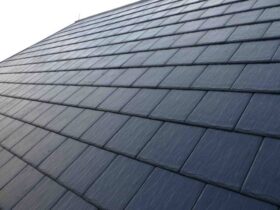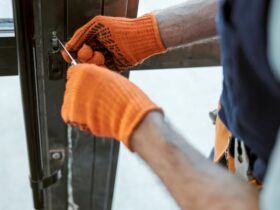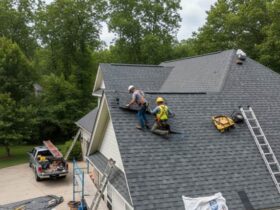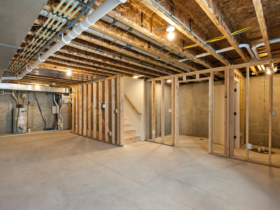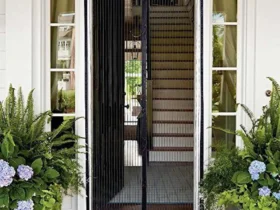Common fungus that live in damp environments, mold may creep into homes and businesses and produce everything from odors and stains to structural damage and health problems. Early mold identification is crucial to stop it from spreading and calling for costly remediation. This page addresses indications of a mold infestation, health hazards, structural damage, how experts find hidden mold, and pre-hire mold treatment professional advice.
Residential and Commercial Signs of Mold Infestation
The best places to check for mold would be the ceilings, walls, and flooring in wet areas such as bathrooms, kitchens, basements, and crawl spaces. Further proof of mold is an earthy, musty smell. Moldy smells often indicate that it is there underneath the floorboards or walls, even if the mold is not visible. Water stains on walls, discoloration, paint or wallpaper bubbling up, are telltale signs of possible mold growth. Mold thrives in high-humidity areas, bringing with it condensation on windows and pipes, leaks, or floods. Proper mold remediation virginia based services are there now.
Mold Growth Ruins Structure
Mold creates health issues and may ruin buildings structurally. Mold feeds fabrics, insulation, drywall, and wood. As it grows, it may weaken and degrade these materials, leading to structural problems. Mold could ruin flooring, walls, ceilings, and wood, thereby compromising buildings. It may knock down drywall. Moreover, mold may break down insulation, therefore reducing its effectiveness and increasing energy use. Over time, mold may cause damage to structures that calls for costly repairs or replacement. A smart choice of mold removal richmond va is essential here.
Expert Mold Detection and Evaluation
Mold may be difficult to see developing behind walls, under floors, in ducting. Equipped with their tools, expert mold removers may find concealed mold. High moisture levels found by moistness meters might indicate mold formation. Best mold remediation quote is essential here. They might also use infrared cameras to identify temperature variations suggesting wall wetness. Mold inspectors collect air samples to determine kind and concentration of mold spores. By collecting surface samples from clearly visible mold formation, they might also be able to identify different mold species. By use of visual inspections, moisture detection, and air and surface samples, professionals may effectively detect mold infestation and devise a remedial plan.
Before consulting a mold cleanup professional, what should I do?
You might investigate the problem and be ready for a mold treatment expert before phoning them. Find first the moisture source driving mold growth. Repair ventilation, plumbing, and leaks to prevent moisture build-up. Essential mold removal processes are there as well. You may be able to eliminate the mold yourself with appropriate cleaning products and safety precautions if its development is less than 10 square feet and not resulting from sewage or contaminated water. For more severe infestations or if you’re not sure where the mold started or type is, call an expert. Be ready to inform a mold remediation specialist the degree and position of the mold development, any water damage, and any health issues connected to mold contact. Getting ready this material will let the expert evaluate the situation and provide a correct cleaning estimate.


